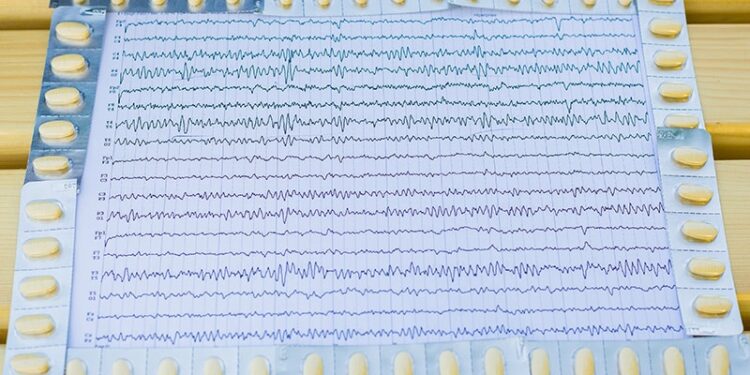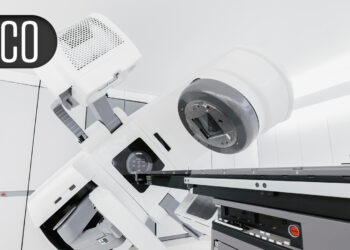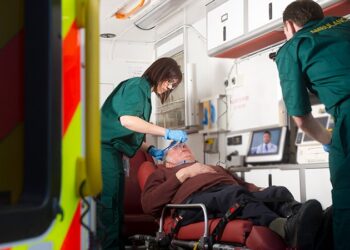TOPLINE:
Substitution monotherapy and add-on therapy were equally effective as a second-line treatment for women with idiopathic generalized epilepsy, with no significant differences in failure rates between therapies, a new cohort study showed.
METHODOLOGY:
- Researchers conducted a multicenter retrospective comparative effectiveness cohort study, analyzing data from 18 primary, secondary, and tertiary epilepsy centers across four countries from 1995 to 2023. Median follow-up duration was 5 years.
- Overall, 249 women with idiopathic generalized epilepsy (age, 10-50 years) were included, with 59% receiving an add-on regimen and 41% receiving substitution monotherapy after failure of their first-line monotherapy.
- Data on patient demographics, clinical characteristics, and first- and second-line antiseizure medication (ASM) treatments, including usage strategy and adverse effects, were extracted from clinical and electronic health records.
- The primary outcome was treatment failure, defined as the need to replace or add another ASM because of ineffectiveness. Secondary outcomes included treatment retention and freedom from seizure.
TAKEAWAY:
- Between-group treatment failure did not differ significantly, occurring in 33% of patients who received add-on therapy and in 35% of patients who received substitution monotherapy (inverse probability of treatment weighting–adjusted hazard ratio [aHR], 0.89; P = .69).
- Among the add-on regimens, levetiracetam plus lamotrigine was associated with a significantly lower risk for treatment failure than levetiracetam plus any other ASM (aHR, 2.41; P = .02) or lamotrigine plus any other ASM (aHR, 4.03; P = .001).
- Rates of ASM discontinuation because of adverse effects and freedom from seizures were comparable between the groups.
- When considering individual agents, valproic acid was the most effective second-line ASM. Treatment failure occurred in only 17% of patients taking valproic acid compared with 38% of patients taking other ASMs.
IN PRACTICE:
“The absence of a significant difference suggests that, in the context of a second-line regimen after the failure of the first ASM, either approach could be considered viable” in this patient population, the investigators wrote. “This enables clinicians to make personalized treatment decisions based on individual patient profiles, preferences, and potential adverse effects.”
SOURCE:
The study was led by Emanuele Cerulli Irelli, MD, PhD, Sapienza University of Rome, Rome, Italy. It was published online on March 10 in JAMA Network Open.
LIMITATIONS:
The retrospective nature of the study and reliance on existing medical records may have led to residual confounding. Physicians’ subjective decisions may have influenced ASM choices, and unmeasured confounders may have influenced the results. Low prescription rates of less commonly used ASMs may have underpowered the comparative effectiveness analysis. Additionally, the ASM combinations were broad, preventing detailed comparisons of specific regimens or of the effect of combinations of different mechanisms of action on the choice and effectiveness of second-line ASM treatment.
DISCLOSURES:
Several investigators reported receiving travel support, personal fees, speaker or consultancy fees, grants, and nonfinancial support and participating in advisory boards and industry-funded trials. Full details are provided in the original article.
This article was created using several editorial tools, including AI, as part of the process. Human editors reviewed this content before publication.
Source link : https://www.medscape.com/viewarticle/second-line-treatment-epilepsy-women-what-works-2025a100076e?src=rss
Author :
Publish date : 2025-03-26 05:20:00
Copyright for syndicated content belongs to the linked Source.














